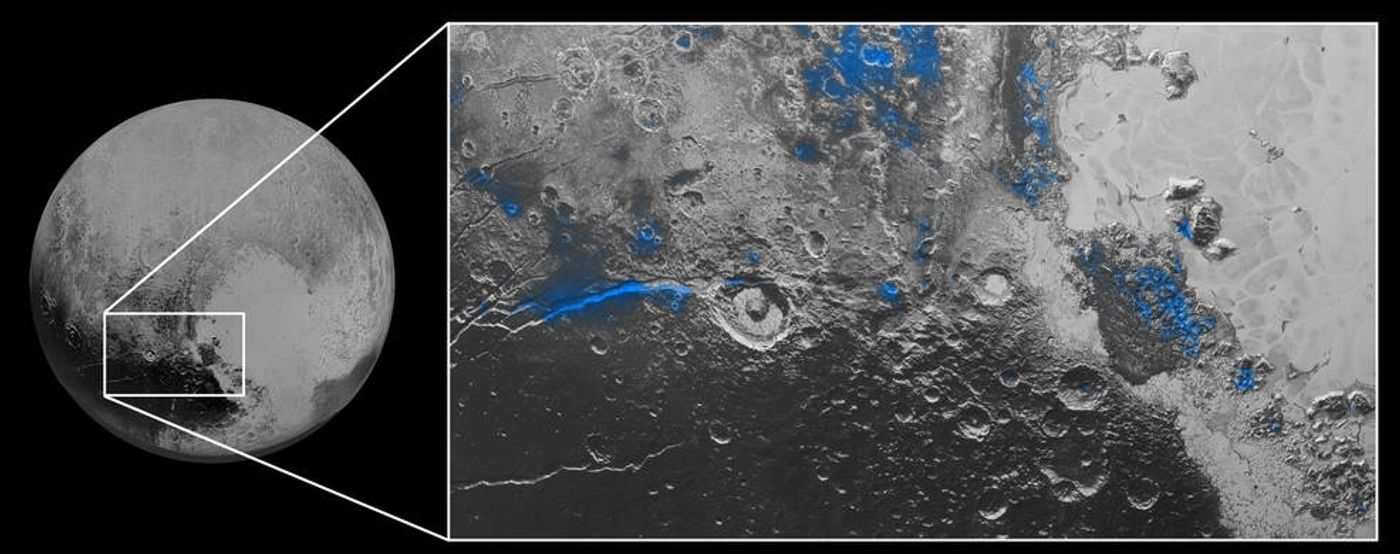New Horizons Reveals More of Pluto's Secrets
During the July 14th historic fly-by of New Horizons past Pluto, NASA made sure all of New Horizons’ sensors were ready to capture as much information about the distant dwarf planet as possible. After all, it took almost a decade for the spacecraft to reach its destination, so there were no second chances if this didn’t go perfectly.
So far, many pictures delivered back to Earth by the little spacecraft, which is continuing out into interstellar space, have revealed much about Pluto’s surface, as well as the surfaces of Pluto’s moons. We’ve seen large craters, massive canyons, and the haziness of Pluto’s surface, but today, NASA has more important things to show us.
In a new set of images released Thursday, NASA shows us what Pluto’s mysterious blue haze looks like from afar, when eclipsing the Sun from the New Horizons spacecraft’s perspective.

The blue appearance of the haze illustrates quite clearly that Pluto has some sort of chemical reaction between the Sun and the nitrogen and methane-rich atmosphere that Pluto has. The ultraviolet rays from the Sun ionize the particles, which causes the positive and negative particles to chunk together into hazy particles, which creates a hazy atmosphere for the dwarf planet.
“Who would have expected a blue sky in the Kuiper Belt? It’s gorgeous,” said Alan Stern, New Horizons principal investigator from Southwest Research Institute (SwRI), Boulder, Colorado.
What’s more is NASA has revealed water ice on the surface of the dwarf planet, captured by New Horizons’ Ralph spectral composition mapper, which is highlighted in blue in the image below:

“Large expanses of Pluto don’t show exposed water ice,” said science team member Jason Cook, of SwRI, “because it’s apparently masked by other, more volatile ices across most of the planet. Understanding why water appears exactly where it does, and not in other places, is a challenge that we are digging into.”
NASA notes that in the image showing the water ice, the area photographed measures about 280 miles across. There are other kinds of ices forming along with the water ice too, and scientists are having a hard time figuring out why water ice is only in the places that it is.
Currently, NASA’s New Horizons spacecraft is still moving outbound from our Solar System, communicating with the Earth from more than 3.1 billion miles away. The next target may be a Kuiper Belt Object (KBO) known as 22014 MU69, which is an icy body approximately 1 billion miles away from Pluto.
The further the spacecraft gets, the longer it takes for the radio waves to reach us back here at planet Earth, hence why NASA is still getting images even today, months after the fly-by.
Source: NASA








